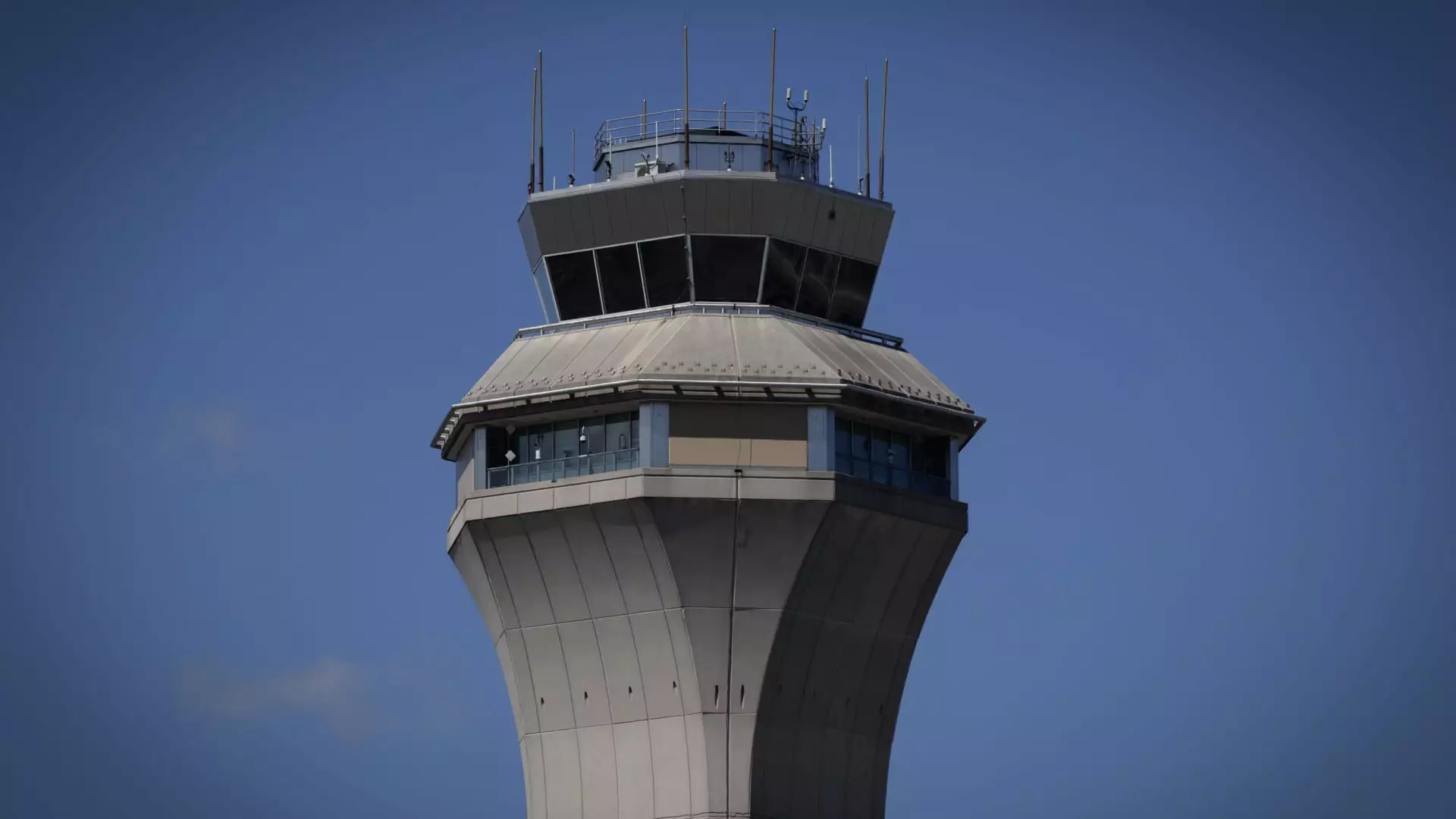The recent turmoil at Newark Liberty International Airport highlights a pressing issue within the U.S. aviation system. Delays and disruptions that spanned days shook the travel experience for countless passengers and underscored the fragility of air traffic control operations. The Federal Aviation Administration (FAA) and airlines are planning to meet this week to discuss potential flight cuts in response to a significant loss of air traffic controller capabilities— an incident that can be viewed as a symptom of a larger malaise affecting the industry.
It is unignorable that outdated equipment and a lack of sufficient personnel led to an alarming series of incidents, including a telecommunications blackout that left air traffic controllers blind and mute for about 90 seconds. Such vulnerabilities not only grieve those directly affected but also rekindle a long-standing conversation surrounding the modernization of aviation infrastructure—a discussion that appears to be growing increasingly urgent. Transportation Secretary Sean Duffy hasn’t minced words: the problems at Newark signify broader vulnerabilities that will “happen in other places across the country.”
Equipment Failures: A Call for Modernization
Equipment failures that led to thousands of flight interruptions serve as a crucial reminder that the existing air traffic control technologies are in a dire state of disrepair. In recent weeks, both Newark and a similar facility suffered outages that highlighted the need for technological updates. The situation was exacerbated when a significant number of air traffic controllers opted for trauma leave due to the stress of the incident, revealing a workforce that is overburdened and under-resourced.
As summer approaches, the strain on Newark continues to be exacerbated by runway construction, further complicating an already precarious scenario. The operational limits of the airport are alarmingly clear: during optimal conditions, the FAA estimates that Newark can accommodate only 77 flights per hour. In practice, however, the FAA has approved traffic levels that frequently exceed this capacity, creating chaos when unpredictable factors arise. This kind of oversight not only harms stakeholders but also threatens the reputation of U.S. aviation.
Corporate Responsibility and Airlines’ Role
Airlines, particularly large carriers like United Airlines, bear a part of the responsibility in this challenging landscape. The airline’s CEO, Scott Kirby, has taken a notably candid stance, admitting that United inadequately scheduled flights in the face of infrastructural constraints. By voluntarily cutting 35 flights—around 10% of its Newark operations—United has recognized that the current model isn’t sustainable. Over-scheduling in peak hours is not just a flaw in airline strategy; it reveals a systemic failure to incorporate realistic assessments of operational capabilities.
Kirby’s candid acknowledgment of the “math” behind the scheduling issue reflects not just poor planning but an industry-wide denial of the existing limitations. It’s irresponsible to prioritize profits over operational viability, and this episode signifies a need for corporate accountability. Stakeholders must demand better practices to ensure that the system functions as intended, rather than continuously pushing the limits until a breaking point is reached.
A Path Forward: Collaboration and Investment
The impending meeting between aviation leaders and the FAA stands as a pivotal moment that could redefine how flight operations are orchestrated amidst significant challenges. There is a glaring need to invest in state-of-the-art technology and improve hiring practices to optimize air traffic control capabilities. While Secretary Duffy has outlined the necessity of modernizing equipment, he has also faced the hard truth about funding; an estimated $31 billion will be required from Congress to achieve meaningful change.
Policymakers must recognize that the aviation industry is not merely a transportation service but a critical pillar of the national economy. Neglecting investment stages not only erodes public trust but could ultimately cripple a vital economic sector. The transition to new technologies and reliable staffing must be prioritized to prevent further disruptions that could ripple outward, worsening the travel experience for all Americans. The weight of change rests not just on the shoulders of Congress but equally on corporate leaders who must advocate for the necessary upgrades to infrastructure.
The Newark ordeal has served as a wake-up call, illuminating the cracks within an aging system that is in dire need of reform. If we are to see genuine improvement, collaborative efforts among airlines, government agencies, and logistics experts must coalesce to create a safer, more efficient air travel environment.


Leave a Reply